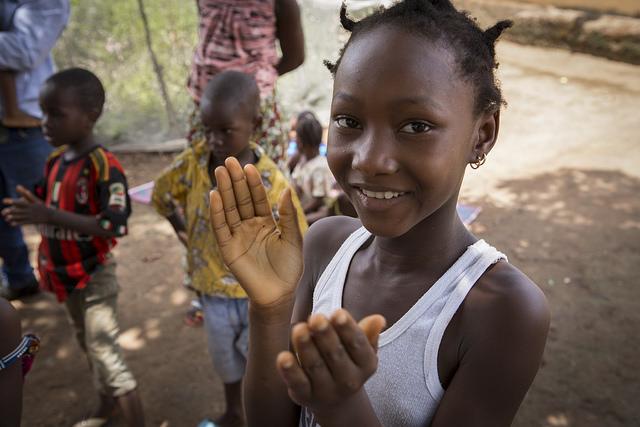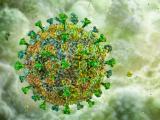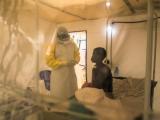Guinea reported no Ebola cases last week, a period of high alert, given that the most recent cluster of family-linked cases generated several risky exposures, the World Health Organization (WHO) said today.
Looking at the bigger picture, the number of cases in Guinea has stayed at four or fewer for the past 16 weeks, the WHO noted in its weekly snapshot of the outbreak. Guinea's lull in cases came in the wake of its neighbor Sierra Leone being declared free of the disease on Nov 7, becoming the second of the three outbreak countries to reach that status.
Still following high-risk contacts
All of the 69 contacts still being monitored are from the Forecariah district village where the family members were infected, the WHO said. They included a 25-year-old woman who died from Ebola after delivering a baby, who also tested positive for the virus and whose illness was announced last week. The two other patients in the cluster are the woman's two other young children.
The illnesses had links to the last known transmission chain that began in Conakry's Ratoma area. Sixty of the contact are considered high risk, and one contact from the district has been lost to follow-up, the WHO said in its weekly update.
"Therefore, there remains a near-term risk of further cases among both registered and untraced contacts," it said. Guinea's contacts will complete their 21-day follow-up period on Nov 14.
Response objectives
The WHO said Liberia and Sierra Leone have both reached the first objective in phase 3 of the response framework: ending Ebola transmission. Now they are working on the second objective, which is to manage and respond to residual risks of the disease.
All three countries have put systems in place that allow members of the public to report any illness or death that they think might be linked to Ebola. Guinea recorded 24,634 such alerts last week from all of its districts. For comparison, Sierra Leone logged 1,690 alerts from 12 of 24 districts through the week ending Oct 25. Similar data weren't available for Liberia.
Liberia and Sierra Leone are both in a 90-day enhanced surveillance period.
Overall, the total for the outbreak—which began in early 2014—is at 28,599 confirmed, probable, or suspected cases. So far 11,299 deaths have been reported.
A call to end Canada's visa ban
In related news, an Ottawa law professor today called for Canada's new Prime Minister Justin Trudeau to end the country's ban on issuing visas to people from the three affected outbreak countries.
Writing in the journal Policy Options, Steven Hoffman, with the University of Ottawa's Centre for Health Law, Policy, and Ethics, said it's been a year since Canada took the step, which he said was an overreaction that, among a host of problems, hurt the outbreak response and went against the International Health Regulations. The journal is published by the Montreal-based Institute for Research on Public Policy, a nonpartisan public policy think tank.
Hoffman said the restrictions are still in effect for two of the countries, even though the outbreak has been contained and public health experts have said the bans don't work and can impair the outbreak response. "Canada ending its visa restrictions would have the added benefit of bringing our country into compliance with its international legal obligations. Such a move would also be in line with evidence-based public health guidance," he wrote.
Model finds missed control opportunities
A statistical model that includes data from Sierra Leone's health ministry mapped the spread of the virus during the outbreak, highlighting two critical opportunities health responders had to curb the outbreak.
The analysis was conducted by a research team based at Columbia University's Mailman School of Public Health and was published today in the Journal of the Royal Society Interface. The model includes the patient's home district, population of the district, and distance between districts.
The team found that the first window to control Sierra Leone's outbreak was before the virus reached Kenema, a period that lasted 1 month. The second was before it reached Port Loko, a much shorter interval. The authors said Kenema and Port Loko were critical junctions during the outbreak, due to their many connections to other districts.
Jeffrey Shaman, PhD, senior author of the study and associate professor at the Mailman school, said in a Columbia University press release, "While this analysis is too late to be used for application to and intervention in the Ebola epidemic, the method we used could be useful for future disease outbreaks, and not just for Ebola."
See also:
Nov 11 WHO Ebola situation update
Nov 11 Policy Options editorial
Nov 11 J R Soc Interface abstract
Nov 11 Columbia University press release




















